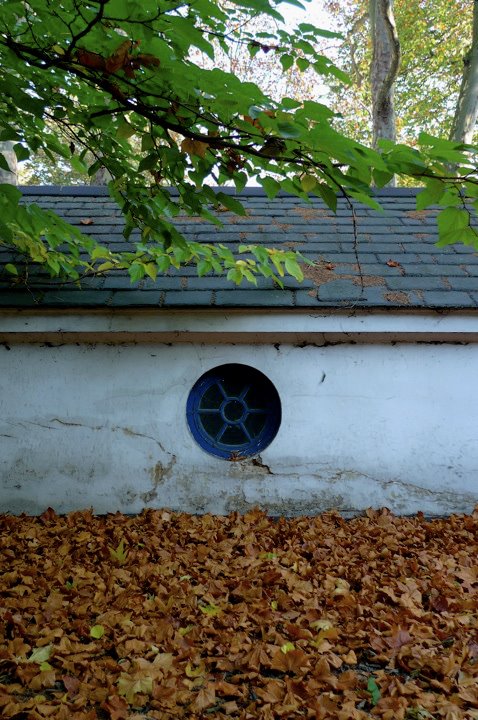Christopher Stocks
I ended up living in Bloomsbury by one of those chains of circumstance that happen all too rarely, but here I am, and there can be few more alluring neighbourhoods of London in which to be. Central enough to be able to walk almost everywhere, yet just far enough off the tourist track to be quietly residential, it’s the original London suburb, laid out largely by the Dukes of Bedford from the early eighteenth century on. My house, on Great Ormond Street, was built in 1706, and old maps reveal that in those days it stood right on the northern edge of the city: the houses opposite actually backed on to open fields.
 It sounds an idyllic conjunction of smart new houses and bucolic charm, though the fields were probably pegged with people’s washing and the mud, in wet weather, must have got everywhere; no wonder so many old houses have boot scrapers built into their walls. Since then the nearest countryside may have receded by fifteen to twenty miles, but if you have an architectural eye then you can still clearly distinguish the old urban boundary, beyond which the houses are generally late eighteenth-century and Victorian.
It sounds an idyllic conjunction of smart new houses and bucolic charm, though the fields were probably pegged with people’s washing and the mud, in wet weather, must have got everywhere; no wonder so many old houses have boot scrapers built into their walls. Since then the nearest countryside may have receded by fifteen to twenty miles, but if you have an architectural eye then you can still clearly distinguish the old urban boundary, beyond which the houses are generally late eighteenth-century and Victorian.
Today, of course, Great Ormond Street is most famous for its children’s hospital, which fills the northern side of the street and extends as far back as boring Guilford Street beyond. When I first moved in, last December, I was slightly worried that my view would be of poor sick children on the wards, but fortunately, I suppose, the block directly opposite is largely an administrative one.
All the same, the street is still notable for the number of children being pushed back and forth by anxious or determinedly cheerful parents, and the road is crowded with ambulances – though because there’s no accident and emergency wing and, I guess, because of the children, they tend to drive slowly and quietly; another lucky break. Still, the thought of all that unhappiness can be quite depressing, and though I remind myself that the hospital is there to make these children better, at times it can still feel a rather sad street. When I told a friend where I was moving she said, ‘I couldn’t bear to live there – I spent three months with my first child in Great Ormond Street.’
This corner of Bloomsbury has a long and distinguished connection with infants. Just up the road, at the top of Lambs Conduit Street, stood the grand eighteenth-century buildings of the Foundling Hospital. Founded by retired shipbuilder Thomas Coram in 1739, it was the first children’s home in the country, taking in unwanted children and ‘foundlings’ – children abandoned in the street. The hospital fed and dressed them, giving them an education and a new start in life. It was a private charity, supported by the great and the good, and it became something of a fashionable cause in eighteenth-century London; among its most notable patrons were Hogarth and Handel, who gave regular organ recitals in its chapel and who bequeathed, among other things, his score of Messiah.
Dickens was another regular visitor in the following century, but in 1926 the organisation moved away from the smoke and smog of London, leaving its great halls echoing and empty. A developer called James White bought the buildings and, despite widespread public outcry, in 1928 everything was demolished apart from the entrance screen on Guilford Street. A few years later the Hospital would probably have survived, but at least the site was never built over, and some of the finest artefacts were saved (they can be seen in the adjoining real money online casinos australian
Museum, opened in 2004). Today the foundations lie under floodlit football courts, but the vast forecourt, once busy with gaily painted phaetons, still echoes with children’s voices, for since 1936 it has been a public park, to which – as a sign announces at the entrance – ‘adults may only enter if accompanied by a child’.